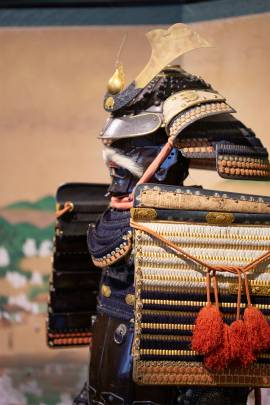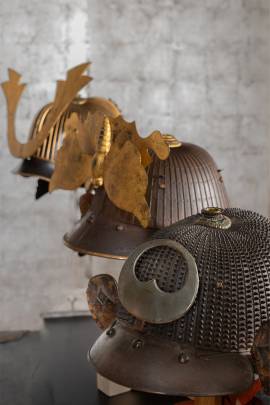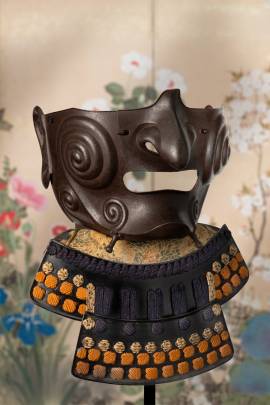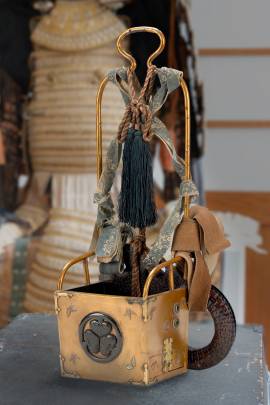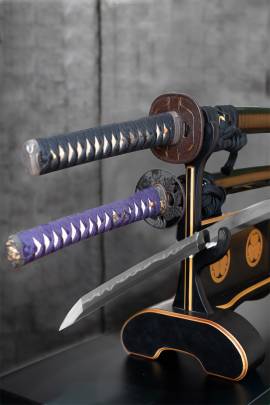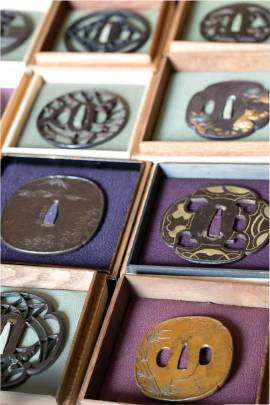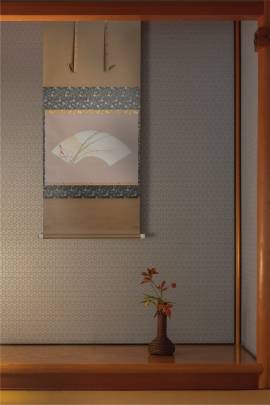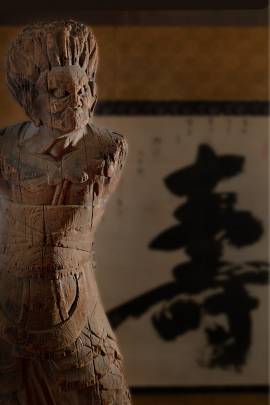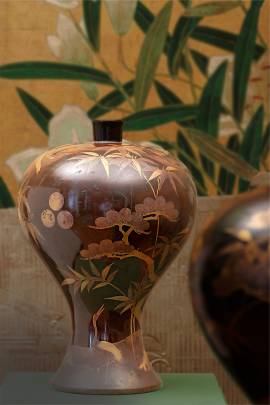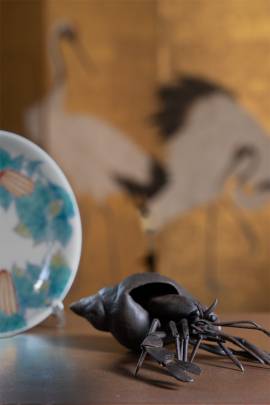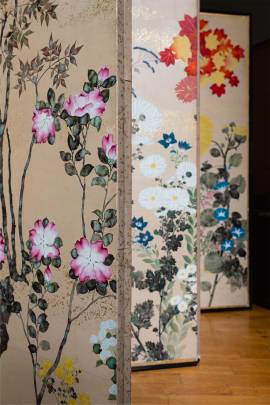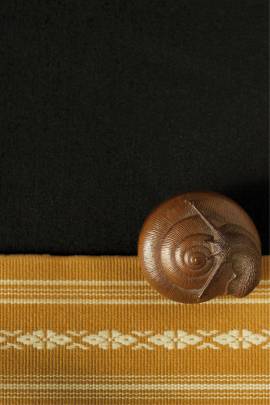Samurai
Works of art
are you looking for Antique Japanese Screens?
Since their inception, Antique Japanese screens have served as a support for calligraphy as well as for haiga – traditional illustrated poems – and for painting itself, which, in the vertical format and in the modular possibilities of the panels, discovered new avenues of expression and composition. The different panels of Japanese screens aren't interpreted individually but as forming a single image, in which the artist explores the dynamics of composition according to the Buddhist principles of “full” and “empty,” often leaving entire panels either mostly bare or completely empty. These spatial relationships are then continually re-invented through the usage of the screen itself, which creates different combinations of angles in its different applications.
In Chinese and Japanese homes, it was customary to move paintings around according to the season or even to the guest. Residential spaces would routinely be remodeled or reconfigured through the use of folding screens, which soon became a versatile support upon which Japanese artists created, and continue to create, some of the most beautiful works ever made in Japan. Such an art form is the fruitful union between the refined Japanese scroll painting techniques (emaki) and a simple object which is nevertheless capable of redesigning, to great aesthetic effect, the setting in which it is placed.
In antique Japanese screens, the use of a black and white technique alludes to the purity and spirituality of Buddhism, with black ink representing a formal reduction of color principles. Such an approach found in Ogata Korin (1658-1716) one of its leading exponents, though the discipline was then furthered by many other great masters such as Kano Eigaku.
The sole color capable of matching the purity and spirituality of black in antique Japanese screens remains the gold leaf, whose presence unleashes sophisticated “play of light” effects which constantly shift according to the panels' disposition, replicating that sense of contemplation (wabi-sabi) and transience which is so thoroughly rooted in Eastern culture.
Copyright © 2016 - giuseppe piva - VAT: 05104180962

